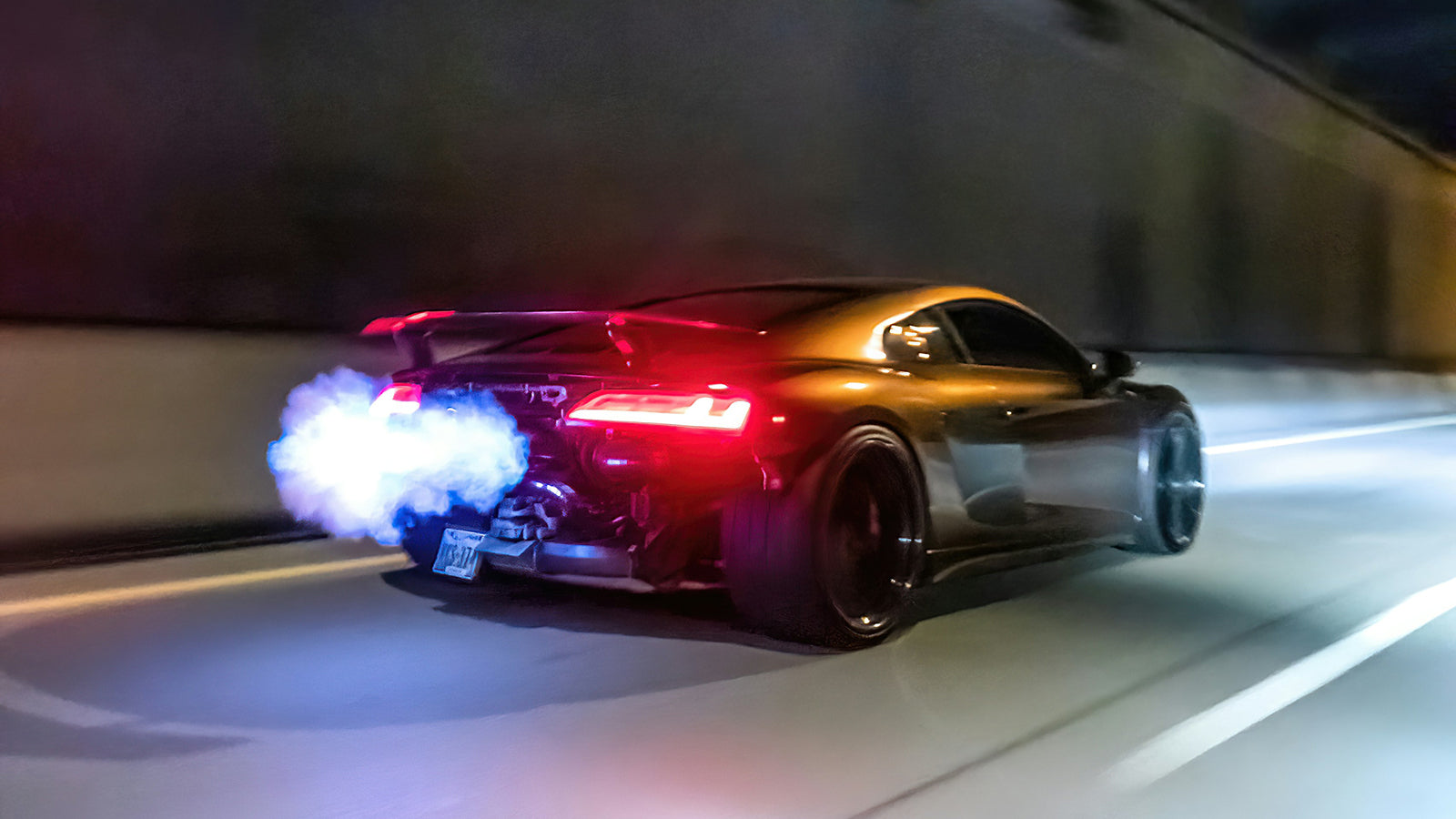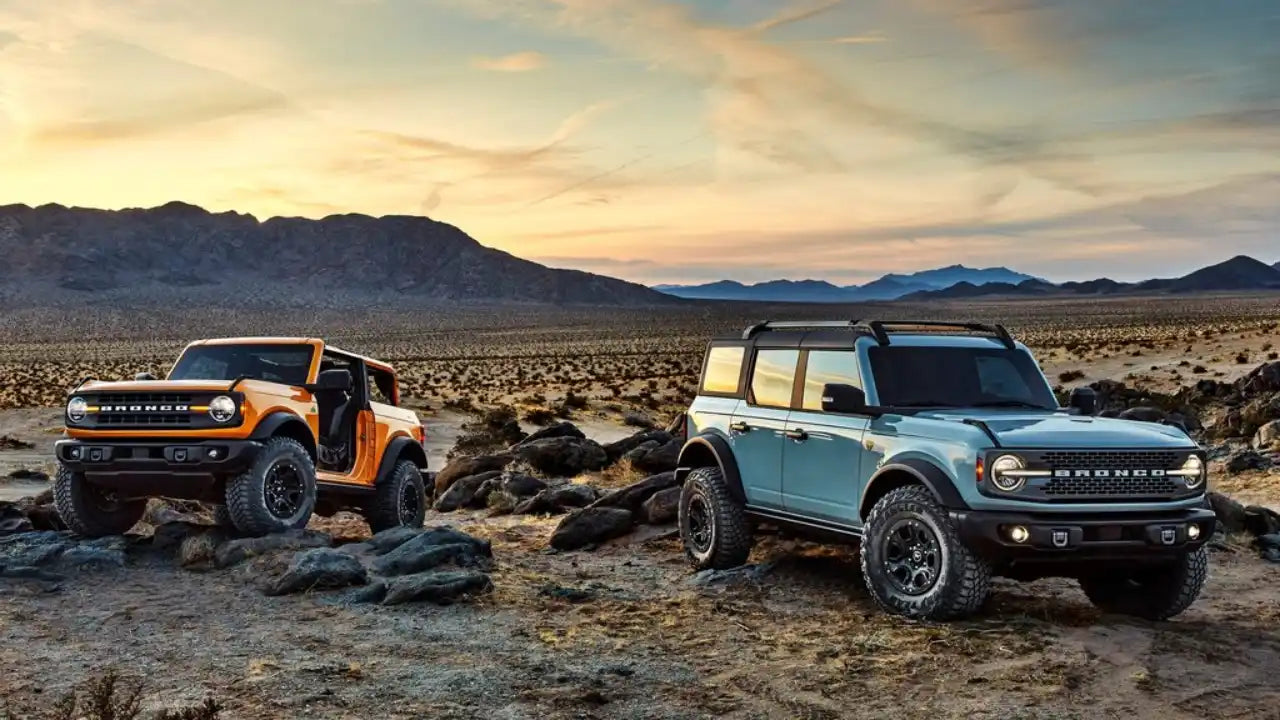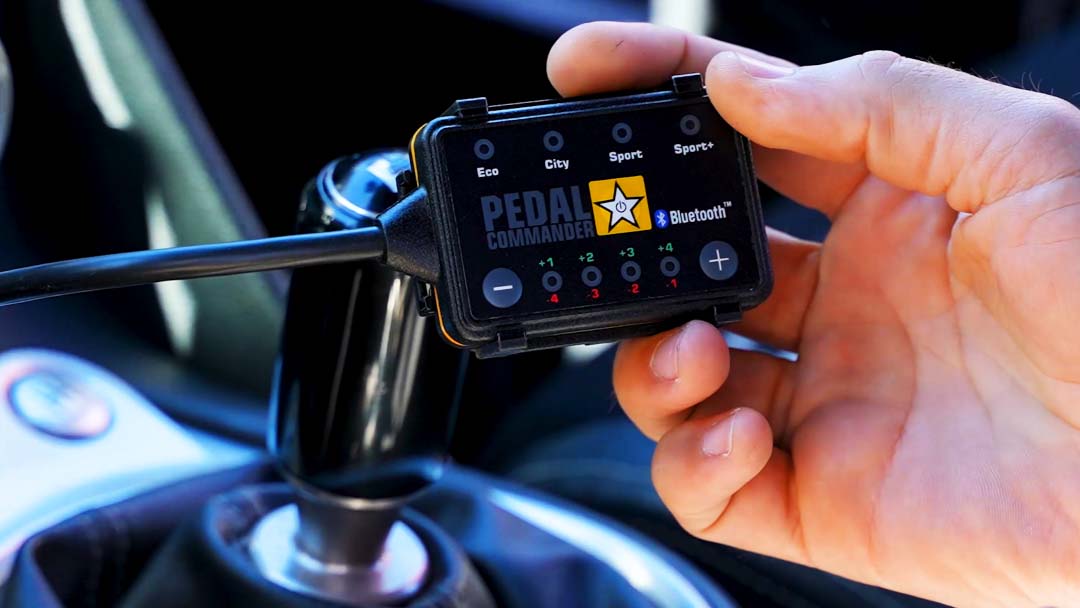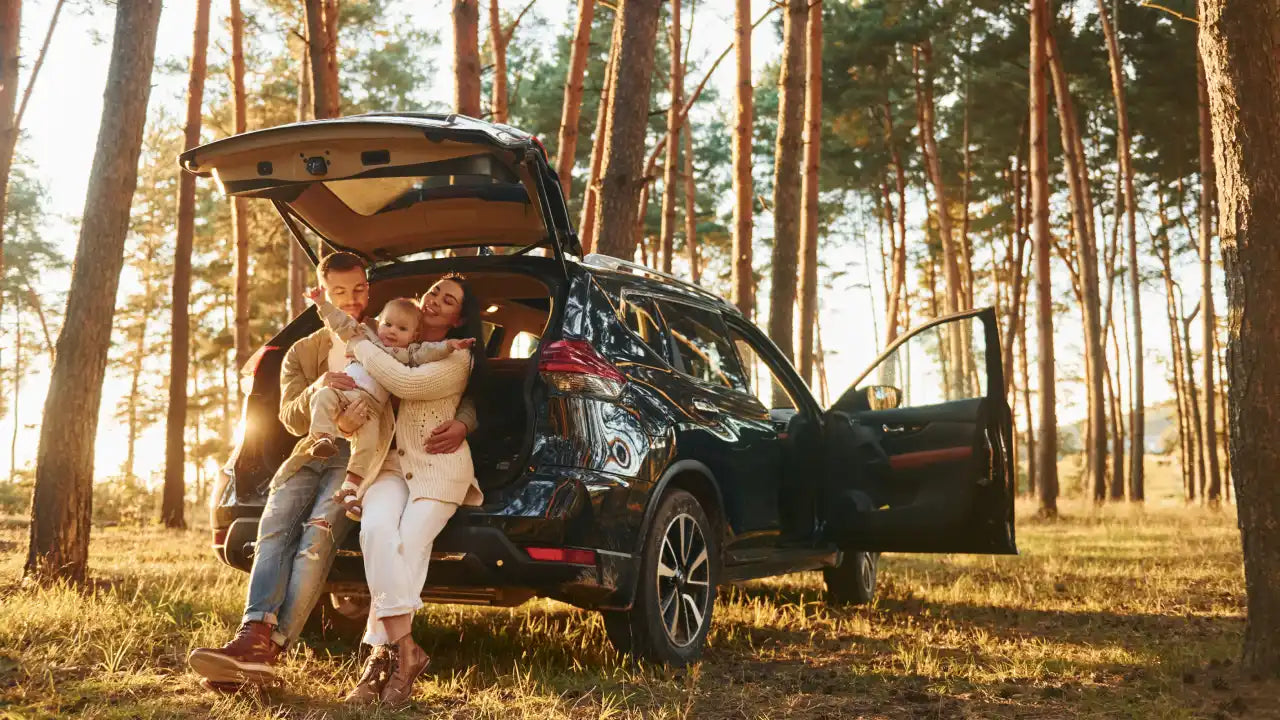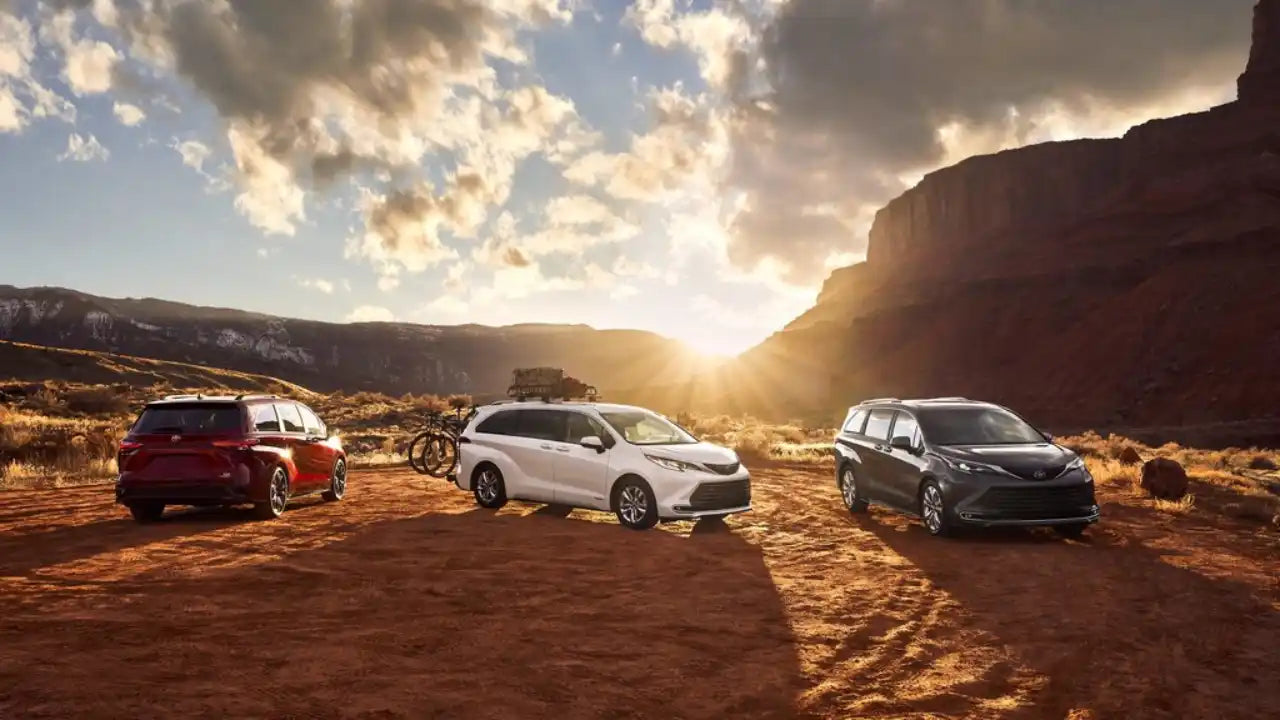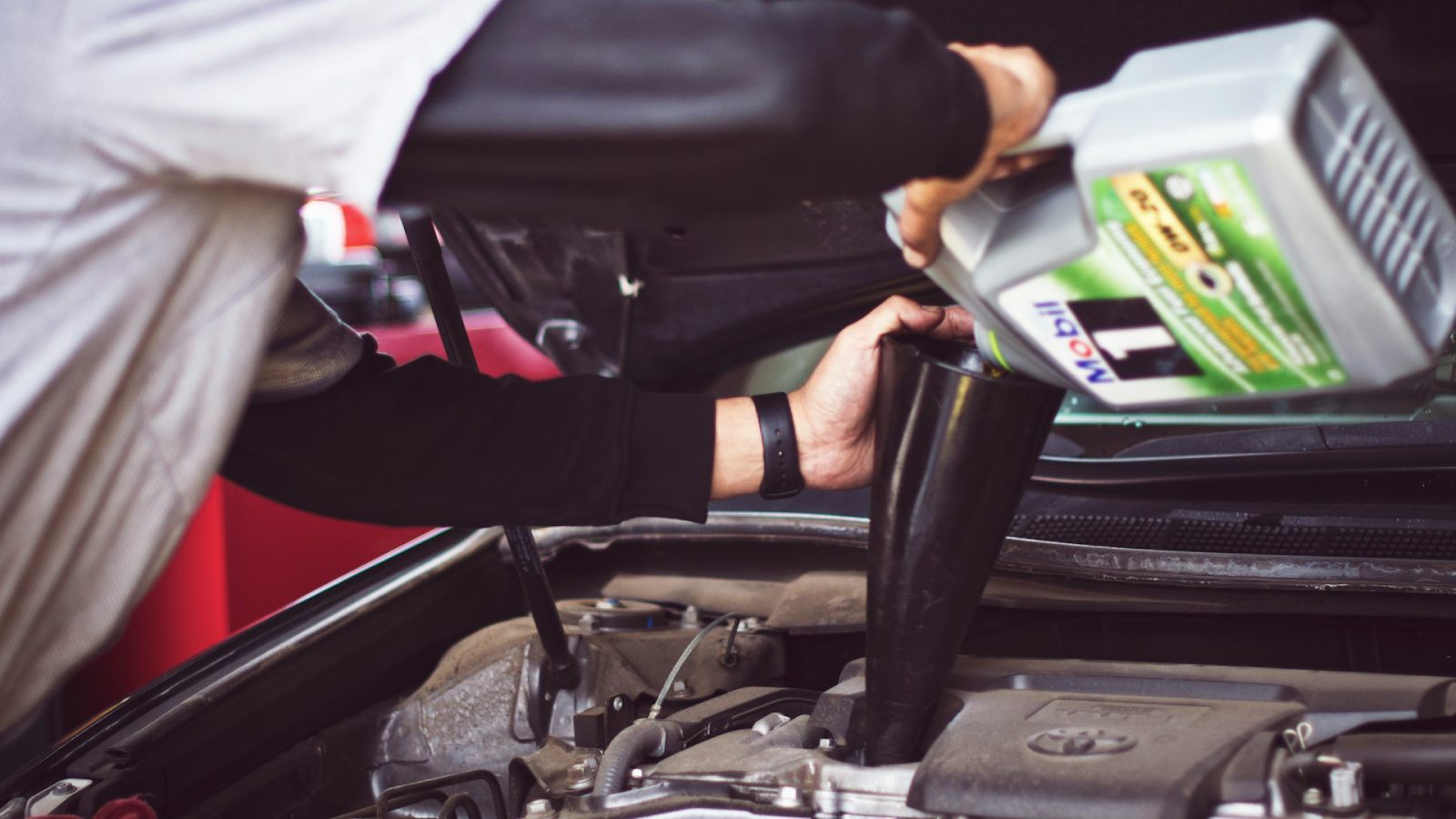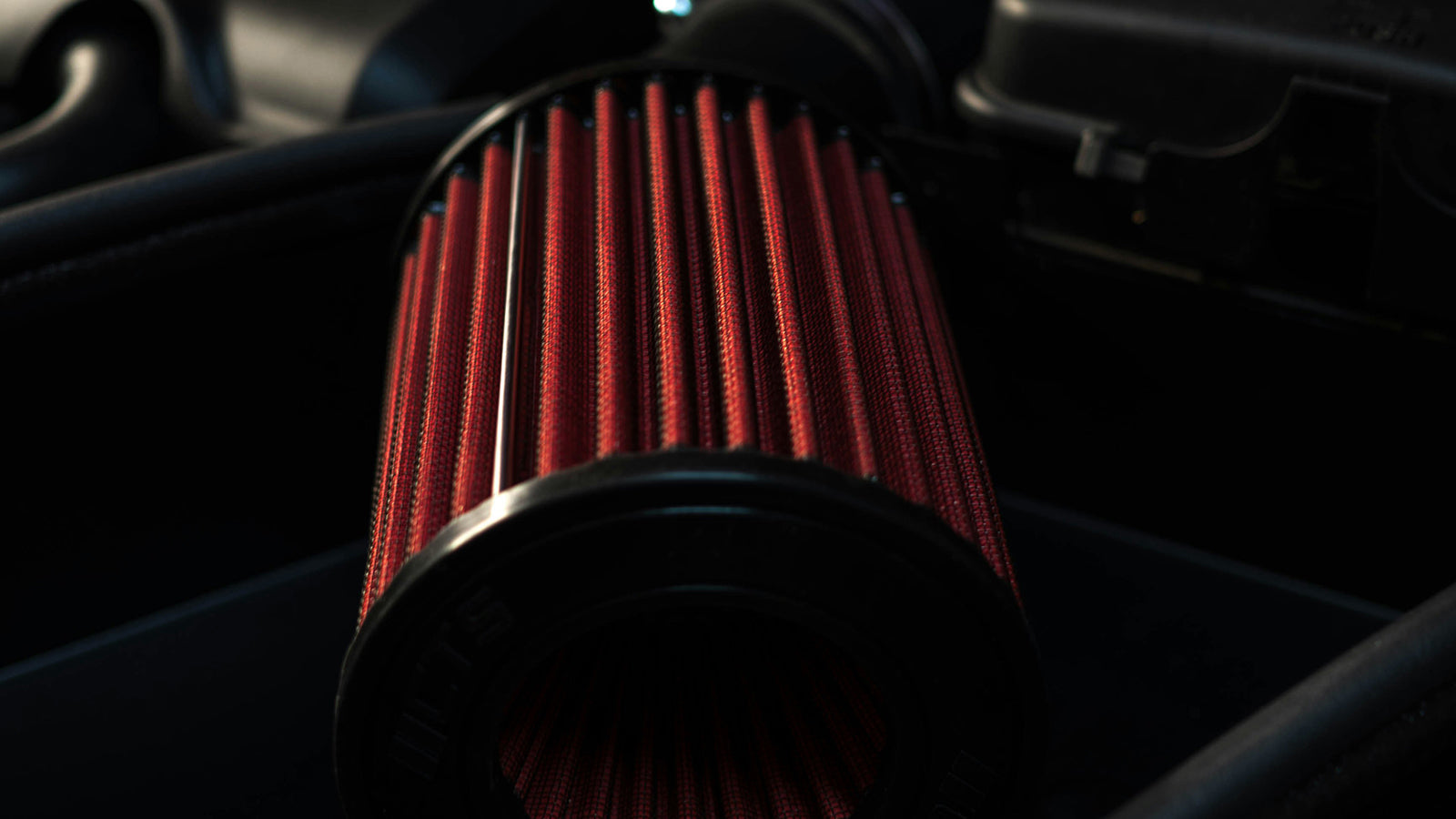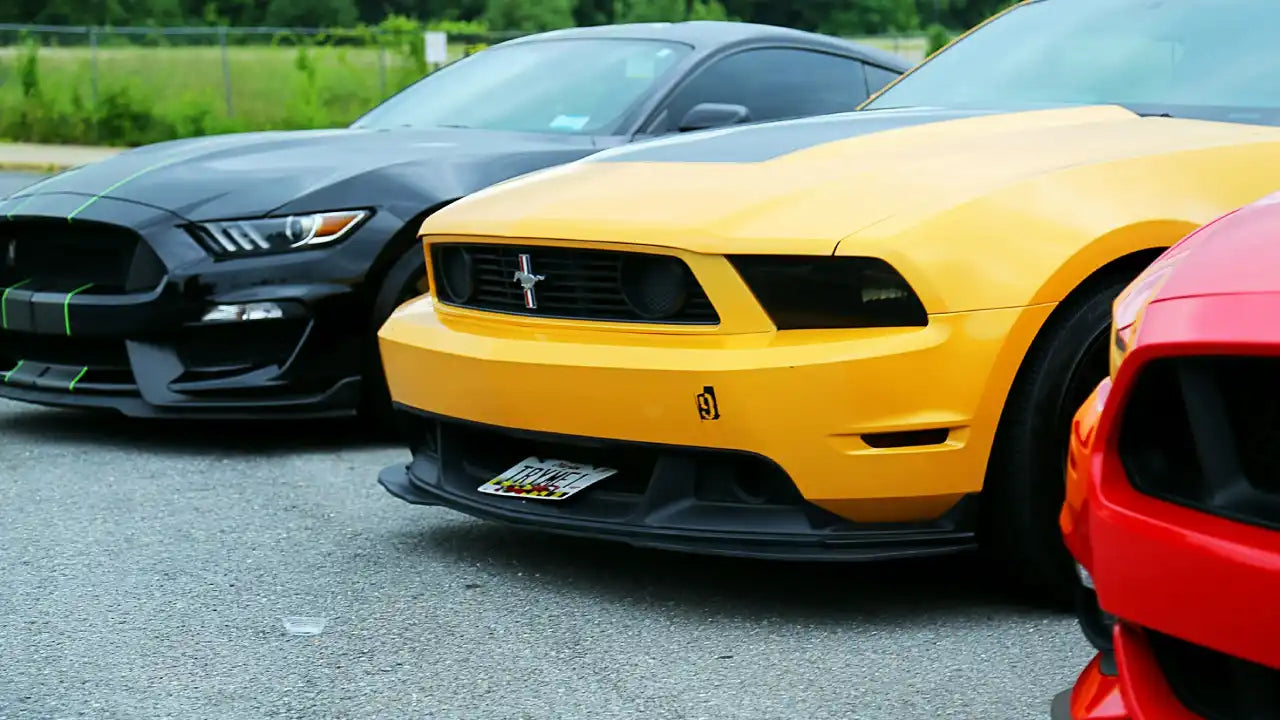Suspension and Braking Upgrades: Where to Start?
Share
Handling is basically how your vehicle performs on the road while rolling on its wheels, from absorbing the bumps and maintaining traction while taking corners to using its braking and stopping power. When all of these elements merge into one package that we call “handling,” that package defines the whole behavior and character of your vehicle.
After you’ve done the basic first go-fast mods, the next area worth investing in is the handling department. Unlike visible changes like lowering a car or getting new wheels, handling modifications may not be immediately noticeable, but their effects are much more than your eyes could comprehend.

Suspension upgrades and braking modifications can easily change how much excitement you get from driving, as any upgrade to a vehicle's rolling gear alters its driving dynamics. The impact of these changes depends on your vehicle's purpose and usage. For instance, a stiff suspension might not be comfortable if you regularly haul your family around, but it could be beneficial for canyon carving or track driving.
Like other mods, you must evaluate your case before pulling the trigger. If you’ve done that, read on, and you will get a basic idea of what you can do if you want to stiffen things up!
Suspension Upgrades
Stock suspension systems are designed to balance handling capabilities with refinement and ride comfort. Even sports cars have suspension systems designed with this in mind, so even their suspensions can be further upgraded.
With comfort-oriented suspension systems, tires tend to lose traction early when driven aggressively, resulting in either understeer or oversteer. Understeer occurs when the front tires start to lose grip, causing the vehicle to turn less sharply, even with increased steering input. On the other hand, oversteer happens when the rear tires lose traction, causing the car to turn in more than expected. Understeer is more easily corrected by easing off the gas, while oversteer requires more advanced driving techniques. This is why manufacturers intentionally include some understeer in their cars' driving characteristics for the average driver's convenience.
If you know what you’re doing behind the wheel and you want faster cornering, you don’t want either of these two. Oversteering may be fun, though, as there is a whole motorsports genre around it: drifting! But that is not about going fast; it is all about pleasing the crowd, and our goal today is to take corners quickly.
Modifying your vehicle's suspension system involves sacrificing daily comfort for improved road-holding capabilities. This can be achieved by fitting stiffer shocks and thicker roll bars to minimize body roll, as well as lowering the center of gravity by reducing ground clearance. These modifications result in better cornering abilities than the stock system. Oh, and a lowered car on larger wheels always looks cool!
Suspension and Rolling Gear Inspection
Inspect the bushes, mounts, joints, etc. If anything seems too worn out, using stiffer suspension parts will only make the situation worse. It is a good idea to start with a fresh base. While you're at it, consider upgrading to polyurethane bushing kits from reputable brands if the stock rubber ones are worn. These may increase noise, vibration, and harshness (NVH) levels, but they will provide better stability compared to stock bushings and have less wear and tear in the long run. Avoid opting for racing-type or solid bushings, as these will greatly compromise comfort, making your vehicle almost undrivable on public roads.
Wheels and Tires
Maybe the ultimate look enhancer in the handling upgrades is wheels that are one or two inches larger than stock. You can choose your manufacturer’s higher trim level wheels for an authentic (OEM+) look or go for well-known brands. Always go for reputable brands and stay away from replicas. If you get lightweight wheels, this will shave off some considerable weight from the vehicle and improve acceleration, braking, and driving dynamics.

Wrap your new wheels with high-quality, grippy tires. Depending on your location, consider high-performance or all-season tires as long as they match the upgraded wheels' size. Though often underestimated, a fresh set of tires significantly improves how your vehicle drives.
You can play with the fitment of your wheels/tires by selecting slightly larger tires or lower-offset rims. A lower ET number (offset) means the wheel will poke out further than stock, and a higher number means the wheel will sink into the body further. You can also use wheel spacers for custom fitments. There are numerous tools online to do the measurements yourself, or any reputable wheel/tire shop will assist you with this.
Lowering Springs
Lowering springs can give your vehicle a sleek appearance, especially when paired with larger wheels. However, their primary function is to reduce the car's center of gravity by lowering the suspension. This is the initial step in customizing your suspension, but choosing springs with high spring rates can compromise daily comfort.
To maintain a comfortable ride, it's crucial to be selective and opt for a spring kit with softer ratings. Be aware that extreme spring rates that are too stiff can adversely affect the longevity of stock shocks and struts.
Shocks and Struts
After installing stiffer and lower springs in your vehicle, it is important to consider investing in performance shocks and struts to enhance the overall driving experience. For mild lowering springs, a set of heavy duty OEM replacement shocks might be enough, but a set of performance shocks and struts will ensure you do it the right way from the start. Some upgraded shock absorbers also offer damping adjustments, so you can fine-tune your suspension system.
While mild lowering springs may not cause significant damage to the stock ones, it's best to pair them with compatible shock absorbers for improved handling performance and longevity in the long run.
Coilover Suspension Kits
The do-it-all upgrade for suspension systems. Coilover kits used to come with a hefty price tag, but now they are available for almost any budget (although they still cost more than a set of springs). Stick to well-known brands; don’t fall for the price tag and get something sketchy.

The key feature of a coilover suspension system is that it offers height adjustability. A coil spring slides over a shock absorber and is held in place with a spring perch, hence the name. Then, you can adjust the height of your car by turning that perch with the supplied tools.
Some advanced systems also offer damping and stiffness adjustments for fine-tuning, but those systems are geared towards specific purposes such as track racing. For a basic/budget set-up, you’ll go for a height-adjustable kit with fixed damping, and you need to choose a system with moderate settings to keep the daily drivability.
Strut Bars/Braces
Strut bars are the first step into chassis strengthening/bracing. Strut bars or braces connect the top mounts either in the front or at the back. They reduce chassis flex and increase steering control when cornering. They also look good under the hood!
A simple, one-piece steel strut bar is all you need, and it has the most rigid structure. Rigidity is what you want when picking a strut bar. Anything adjustable, multi-piece, or made out of softer materials compared to steel is a no-go; don’t overpay for these for a budget suspension setup.
Sway Bars/Anti-Roll Bars
Sway bars have many names, including anti-roll bars, anti-sway bars, stabilizers, etc. They help keep body roll under control and prevent the car from excessive swaying. Stock sway bars are designed to prioritize comfort and refinement, so if you install thicker upgraded sway bars, you'll sacrifice some comfort to reduce body roll.
Brake System Upgrades
Upgrading your brake system is equally important when it comes to a car's handling characteristics. Effective braking components not only ensure safety but also enhance performance. Being able to brake later into a corner will ensure you can carry more speed into it, for instance.
Basic brake system upgrades improve your vehicle’s stopping power, heat dissipation from the brakes, and responsiveness in dynamic driving. Here are some essential upgrades when it comes to stopping!
Brake Pads
Stock brake pads are designed for everyday driving with a balance between longevity, cost, and safety. However long-lasting and effective they are, they can not offer the performance of a performance-oriented pad.
Performance braking pads are constructed from advanced materials like ceramic, semi-metallic, or carbon fiber composites. They provide better initial bite when you step on the brake pedal and better heat resistance to reduce the chances of brake fade when driving hard.
More track-oriented pads will generate brake dust, and they must reach an optimum operating temperature to work efficiently. So a set of street or mild-performance type pads might be more suitable for daily driving; keep these in mind when shopping.
Brake Discs
Brake discs and rotors are another key improvement for a brake system upgrade. Stock rotors are made from cast iron unless you have an exotic car, and they are designed to meet the needs of an average driver. Performance brake discs or rotors come in various designs, like cross-drilled, slotted, or a combination of both.

The slots improve the brake pad's initial bite and scrape off debris that may have built up between the disc and the pad. Drilled rotors, on the other hand, help with heat dissipation and reduce brake fade. Both designs improve braking performance by maintaining a cooler temperature and ensuring a consistent braking force.
Stainless Steel Brake Lines
The braking system is a hydraulic system, and brake lines are responsible for transferring the hydraulic pressure of the braking fluid from the master brake cylinder to the brake calipers. Stock vehicles come with rubber brake lines, which expand under extreme heat and pressure. This may cause inconsistent braking power and a spongy feeling at the pedal.
Stainless steel braking lines are one of the simplest upgrades you can make to a braking system. They do not expand under pressure and provide a firmer and more responsive brake pedal feel, which means a more precise and consistent braking performance.
Performance Brake Fluid
The brake fluid transfers the force from the brake pedal to the calipers and brake pads. Standard brake fluids may absorb moisture, and their boiling point may decrease over time. A decrease in boiling point will easily lead to brake fade, especially in hard driving conditions.
Performance brake fluids significantly improve the braking feel under hard driving. They have a much higher boiling point and better moisture resistance than stock brake fluids. Performance brake fluids ensure consistent braking power even under extreme driving scenarios, whether an emergency or a track day.
Big Brake Kits
Designed for advanced builds and high-performance or even racing applications, big brake kits are the way to go for those who want to take their braking performance to the absolute next level. They change everything in a vehicle’s braking system, including the calipers. Big brake kits comprise larger brake calipers, bigger discs, performance-oriented brake pads, and stainless steel brake lines. These are like the advanced “coilovers” of brake systems, so they may be a bit of an overkill for a basic build.
Best Finishing Touch: Pedal Commander® Throttle Controller
Now you’ve done the basic performance mods, and also upgraded the handling aspect of your ride, a throttle controller might be the best way to wrap it up. Get the world’s most advanced throttle response controller and command your ride’s throttle pedal like never before!

Pedal Commander® is the best first upgrade or finishing touch for any vehicle, whether you keep it bone stock or build it exactly to your dreams. Backed by SEMA awards, certified by reputable automotive organizations, and loved by enthusiasts with more than 15,000 positive reviews, Pedal Commander® offers instant power delivery by eliminating throttle delay. It gives you total control over your vehicle’s throttle pedal with its four modes and 36 individual levels.
Learn more about the Pedal Commander® throttle controller and place your order today!


